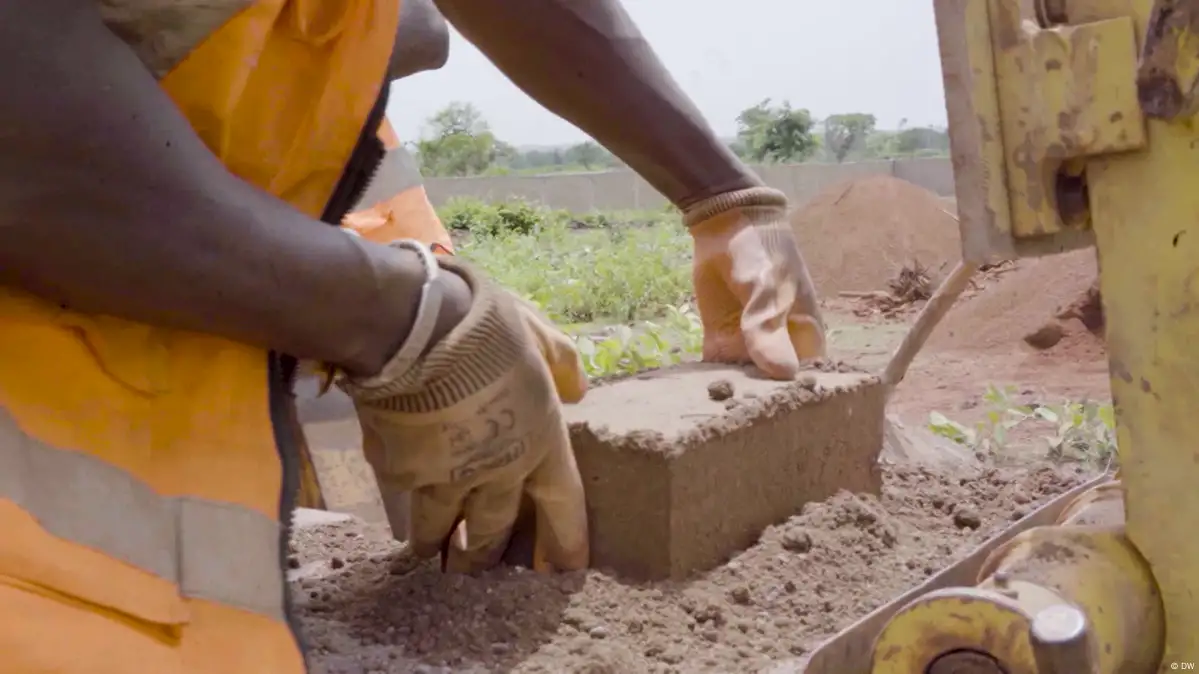In the heart of Bamako, Mali, a medical school stays refreshingly cool, even during scorching weather. The secret lies in its construction: locally sourced, unfired mudbricks. Unlike concrete, which traps heat and requires energy-intensive air conditioning to keep cool, these earthen materials naturally regulate indoor temperatures, offering comfort and sustainability in one package.
Mudbricks: Ancient Wisdom Meets Modern Sustainability
Architect Mariam Sy explains that mudbricks are slow to transfer external heat to the inside of the building. This makes them ideal for the Sahel region with its hot climate. Beyond comfort, the environmental benefits are profound. Producing mudbricks emits minimal CO₂ compared to concrete, which contributes up to 8% of global carbon emissions. The bricks are made by mixing clay, sand, and a touch of cement, then compressed and air-dried—without the need for kilns or fossil fuels. Sy and her peers are challenging the misconception that mudbrick buildings are fragile. With proper production, these structures are durable, efficient, and beautifully suited to local needs.
The movement toward earthen architecture in Mali is more than a trend—it’s a call to rethink construction norms. Sy envisions a future where choosing between earth and cement is a conscious decision, not a compromise. She advocates for making the use of locally available materials like earth and stone the default, not the exception. As climate change advances apace and energy costs rise, this type of ancient mudbrick construction stands as a powerful example of how traditional materials can shape a cooler, greener future.
This video summary was created by AI from the original DW script. It was edited by a journalist before publication.
